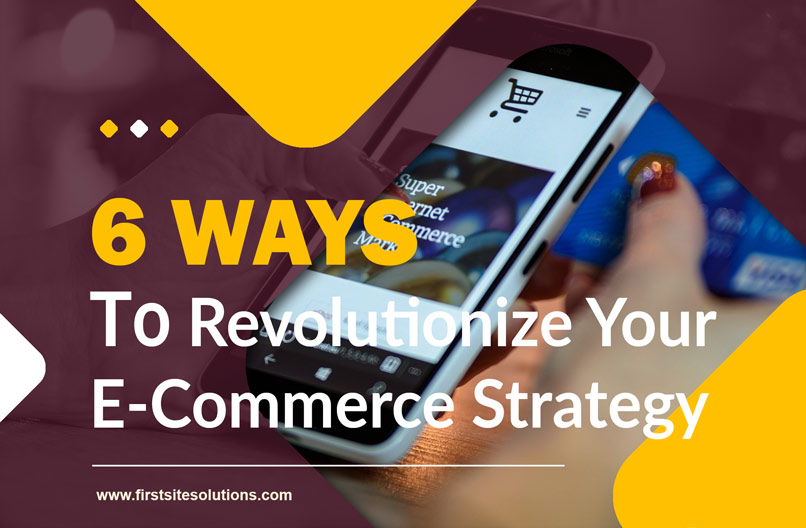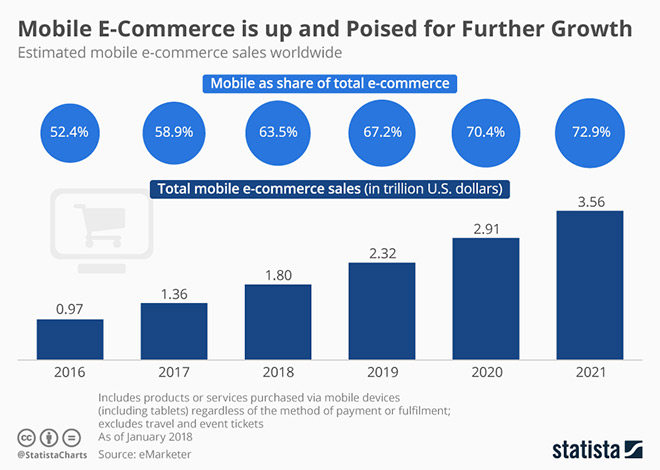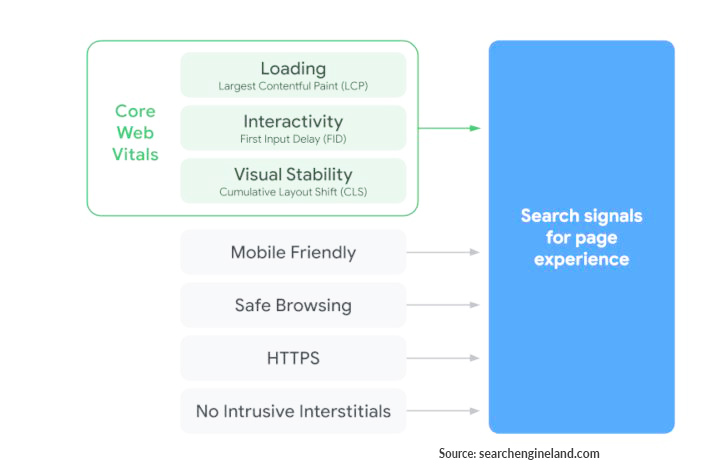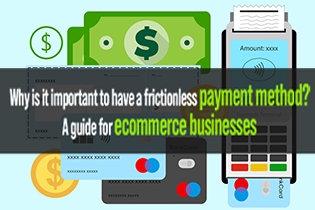
Much has already been said and written about how e-commerce has taken over the world and revolutionized the way people buy the things they want and need.
Over the last few years, the industry has seen exponential growth, with worldwide retail e-commerce sales breaching the three trillion-dollar mark in 2019.
However, the success of e-commerce means more and more entrepreneurs will be throwing their hat into the ring for a piece of that pie.
With the more intense competition that such a development brings, those running e-commerce websites will need some revolutionizing themselves to get a leg up, particularly in terms of their e-commerce strategy.
Here are some tips that will help you do just that.
Make Mobile-friendliness A Priority
By now, any e-commerce website worth its salt should be mobile-friendly, as the growth of mobile commerce or m-commerce over the last few years has been astounding.
According to Statista, m-commerce sales accounted for 67.2% of all e-commerce sales in 2019. M-commerce sales are also expected to hit $2.91 trillion in 2020, bringing its share of e-commerce sales up to 70.4%

When 81% of Americans own smartphones, having an e-commerce website that doesn’t render well on such devices isn’t very wise. You can’t have your e-commerce site forcing potential customers to fiddle with their screens so they can see what you’re offering because they won’t hesitate to move on to another site.
If anything, entrepreneurs running e-commerce websites should do everything in their power to make them as mobile-friendly as possible or miss out on sales to more mobile-friendly competitors.
Improve UX
With Google announcing that user experience is going to become an important ranking factor come 2021, UX has become an integral part of the SEO strategy of webmasters everywhere.

Nowhere is the need for excellent user experience more imperative than in e-commerce websites.
It is not uncommon for online shoppers to abandon their carts if they think that navigating an e-commerce website gives them a headache or that the checkout process takes forever.
Some of the things you can do to improve the user experience for your customers include:
- A highly visible and properly working search box
- Topnotch product photos and videos
- Informative product detail pages
- Allowing customers to check out and post reviews
- Clean and focused web design
- A streamlined and speedier checkout process
- Faster page load time
When your e-commerce website provides an exceptional user experience, your customers will learn to trust you and the products you offer.
Great UX also fosters customer loyalty, which means they will likely come back for more.
More importantly, gaining a reputation for being easy to navigate and use can increase word-of-mouth referrals and help you attract new customers.
Never Ignore Customer Feedback
It’s normal for online entrepreneurs to believe in the superiority of their products and services firmly.
However, some have so much faith in what they have to offer that they tend to ignore or even get mad over the opinions of the people who pay for them.
Customer feedback is an essential part of doing business, online or otherwise.
With their reviews and comments, you get to learn whether or not customers appreciate your products and your services. Positive feedback is heartening, while negative ones should be taken as an opportunity to improve.
You should encourage customers to provide feedback. Aside from comments on social media threads and online reviews, customers can tell you what they think through feedback boxes and surveys that you can add to your e-commerce site. Follow-up emails after receipt of their purchases would also work.
Offer Incentives To Your Customers
The competition in the world of e-commerce has become so intense that just about everyone is trying to outdo each other in terms of incentivizing customers.
You may believe that your products and services are the best, but if your competitors are offering something that you’re not, the possibility that customers would shop at their e-commerce sites—and not yours—is high. After all, such incentives make them feel like the valued customers that they are.
If you want your e-commerce business to keep up, offering incentives to your customers would be a great idea.
So far, the one incentive that people seem to want is free shipping. According to a National Retail Federation report, 75 percent of consumers surveyed expect free delivery.
Discounts, whether for future or bulk purchases, discounts can influence where people shop, says a RetailMeNot study.
Among the many other incentives you can offer your customers are customer referral programs, free returns, gift cards, and customer loyalty programs.
Borrow Ideas From e-Commerce Case Studies
There is no shame in grabbing ideas from case studies conducted by other bigger, more established e-commerce brands.
The wealth of e-commerce case studies out there provides invaluable tips that cover just about everything, from tips on how to recover abandoned carts to strategies that will turn supposedly one-time shoppers into loyal ones who come back for more.
There is always room for improvement, and the information that these case studies contain will undoubtedly help you get there.
A More Attractive Web Design
While web design may also be about functionality, no one should ever forget that the first thing people look at when visiting websites is how pleasing they are to the eyes.
Humans, after all, are very visual beings. The better-looking a website is, the more likely it is to draw people who can end up being your customers.
Early e-commerce websites weren’t known for their visual appeal. However, look at most e-commerce sites these days, and you can see that their owners have been featuring crystal-clear and beautiful product images, high-resolution videos, and professional-looking layouts that make customers’ visual experience while shopping better.
These may be just a few of the many things you can do to revolutionize your e-commerce strategy, but they are good starting points.
Considering that e-commerce is an ever-evolving field, you can expect more changes in the world of e-commerce over time. Keep yourself informed about developments in e-commerce to stay competitive for years to come.








